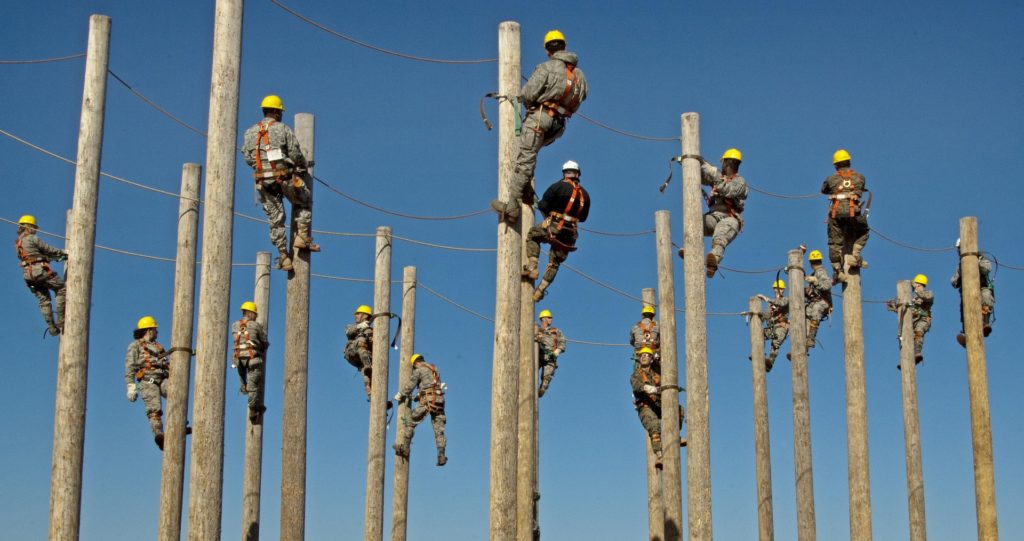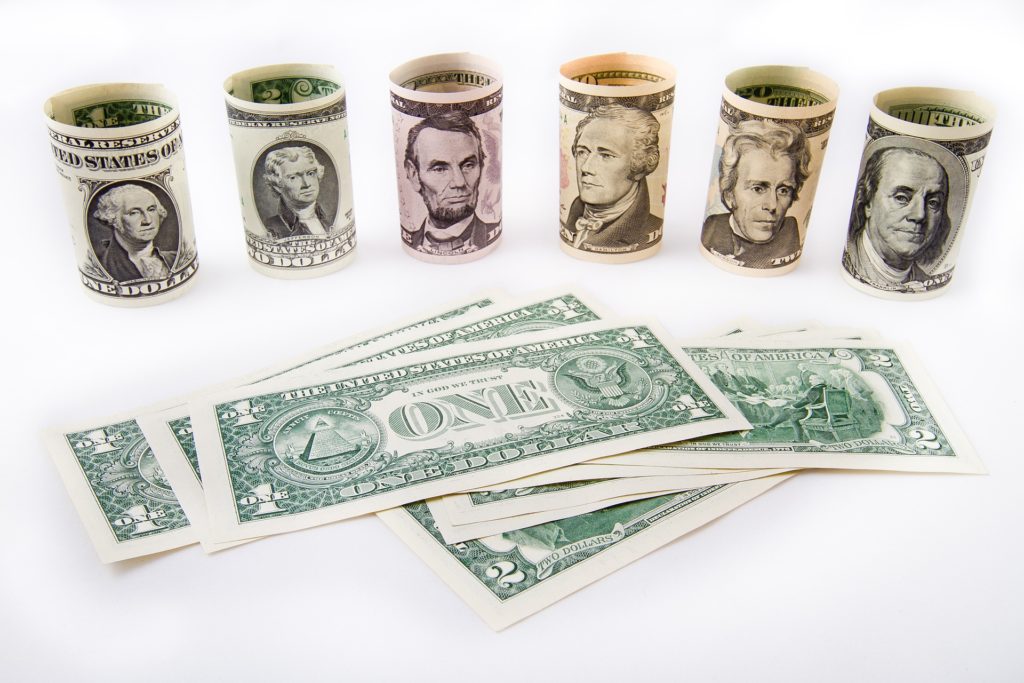If the US President were selected by popular vote, rather than by the Electoral College, who would have won the 2016 Presidential election?
Based on the published numbers, Hillary seems to have won the popular vote with roughly 66 million votes, versus Trump’s 63 million votes. Not exactly a landslide, but enough to be confident that Hillary really got more votes, even accounting for a margin of error in the counting.
Of course, we don’t really know how the votes would have turned out if the candidates had been campaigning under a popular vote system. Perhaps Trump would have gotten more votes than he did, if he had been focusing his efforts on a popular vote. Consider the astute observation that announcing Hillary’s victory in the popular vote is akin to a chess player, after his opponent declares “checkmate”, crying “but I have more pieces on the board”. Likewise, football teams don’t win games by moving the ball the most yards – they win the game by scoring the most points, so they play the game to make points, not yards. Presidential candidates play the game to get electoral votes, not popular votes.
Still, let’s imagine that we do choose the president by popular vote, and the popular vote turned out exactly as it did, Hillary with 66 million votes, Trump with 63 million votes. Hillary wins. Simple as that.
Wait, is it as simple as that? Earlier I wrote that “Hillary seems to have won the popular vote.” But what are the rules of the election? The framers of the constitution did not stop with “The person having the greatest number of votes for President, shall be the President”. They wrote
The person having the greatest number of votes for President, shall be the President, if such number be a majority of the whole number of Electors appointed
(This is how it is written both in the original article 2, section 1, as well as the 12th amendment). So what happens if no candidate receives a majority vote? Let’s ask the Constitution (12th Amendment):
and if no person have such majority, then from the persons having the highest numbers not exceeding three on the list of those voted for as President, the House of Representatives shall choose immediately, by ballot, the President.
If we apply the same standard to the popular vote that we have for the electoral college, it means that if no candidate receives greater than 50% of the vote, the election goes to the House of Representatives.
That shouldn’t be a problem, right? Clinton got 66 million votes, Trump got 63 million votes. Clinton has a majority. Nope. There were 8 million votes cast for Johnson, Stein, and others.
66 million + 63 million + 8 million = 137 million
137 million / 2 = 68.5 million
68.5 million votes were required to win the popular election. Hillary did NOT win the popular vote at all. She got more votes than Trump, but she did not get a majority of the votes that were cast. The rules say a majority is required to win. Our Constitution says that if there is no majority, the selection of president is made by the House of Representatives.
And this is where we land. If the President of the US was chosen by popular election, the 2016 election would have left us undecided. The decision would be left to the House of Representatives. They would make that determination on 6 January, 2017. So at the time of this writing, we would still not know who would be the next president of the United States.


